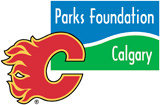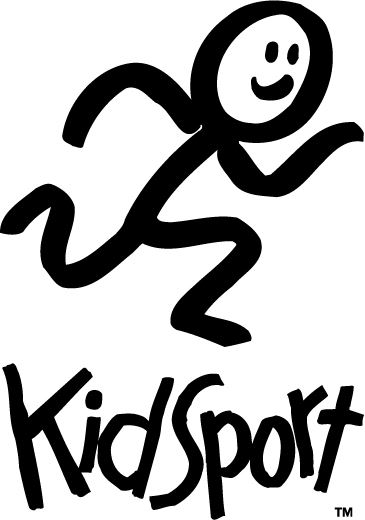Get information about upcoming programs and courses.
Keelboat 2 West Coast (Keelboat Skipper) Performance Objectives
Basic Cruising Standard Performance Objectives covered in the Keelboat 2 (Keelboat Skipper) course
Preparation and Safety Equipment- Check safety equipment - location, condition, operation
- Crew safety briefing
- Weather check
- Vessel and equipment ok for departure
- Sheets and halyards prepared for use
- Demonstrate heaving line use [p45]
- Demonstrate life jacket use [p3, 31,56]
Knots and Seamanship [p41]
- Tie cleat knot
- Coil and flake lines
- Belay a line on a cleat
- Tie round turn and half hitches
- Winch & cleat use and line handling
- Tie figure 8
- Tie reef knot
- Tie bowline
- Tie clove hitch
- Tie double sheet bend
Safety
- Glenmore Boat Patrol - cell number location in co-op boats on QR code sheet
- follow their direction / guidance
- Chooses appropriate location for activity
- process, crew roles
- halyard tension [p125, Figure 20.2]
- too much halyard tension stretches the sail cloth and ruins sails
- too little halyard tension leaves prevents correct sail shape
- Verify vang and cunningham tension are also "just right"
Departure from Dock & Docking [p86]
- Tasks assigned and understood
- Uses appropriate communications
- Line handling for vessel control
- Check for / aware of traffic
- Docking speed, process, crew safety
- Undocking speed, process, crew safety
Reefing process, crew roles, location [p149]
Shake out reef: process, crew roles, location [p151]
Crew communication (at all times, including)
- heading up and bearing away [p136]
- tacking [p141]
- gybing [p143]
- heaving to [p147]
- raising sails
- lowering sails [p152, 153]
Basic Sailing Manoeuvers
- Luffing and controlling speed
- Appropriate communications
- Gybing
- Points of sail (close hauled, reach, run)
- Holding a course (close hauled, reach, run)
- Basic trim
- Tacking
- Heading up and bearing away
- Beating to windward
- Gybing downwind
- Taking the boat to a destination
- Rounding a mark
- Heaving to
- Crew communication
- Initial actions - alert, spotter, flotation
- Boat immediately on a beam reach
- Head up, tack, bear away to broach reach
- head up to close reach and pick up crew on windward side of boat
- Boat speed when stopping alongside crew < 1 knot
- Windward pickup of crew is preferable unless crew is injured
- Vessel secured: fenders, spring & breast lines
- Sails flaked / furled and covered / stowed
- Equipment stowed
- Vessel clean
Lowering sail afloat: process crew roles, sail control
ColRegs: basic
Basic Cruising Standard Performance Objectives not covered in the Keelboat Skipper course
- Engine start/stop and cooling water flow
- Engine and steering controls
- Tasks assigned and understood
- Uses appropriate communications
- Line handling for vessel control
- Check for / aware of traffic
- Docking speed, process, crew safety
- Undocking speed, process, crew safety
- Stops vessel at specified location
- Steers vessel on straight course
- Prop walk
- Turning ahead and astern to port and starboard
- Proper helm management
- Stopping distance
- Engine off for recovery
- Beam to or head to wind pickup
- Return under power
- Initial actions - alert, spotter, flotation
- Selects / checks anchorage location
- Prepared to anchor
- Anchor lowered and set
- Anchor retrieval under power
- Stow / secure anchor; clean foredeck
- Crew communication
- Buoyage: obey lateral, cardinal & special
- Colregs: sail, power lights & rules
- Charts: find location & local hazards
 Our youth sailing program charitable donations are generously managed by
Our youth sailing program charitable donations are generously managed by 




